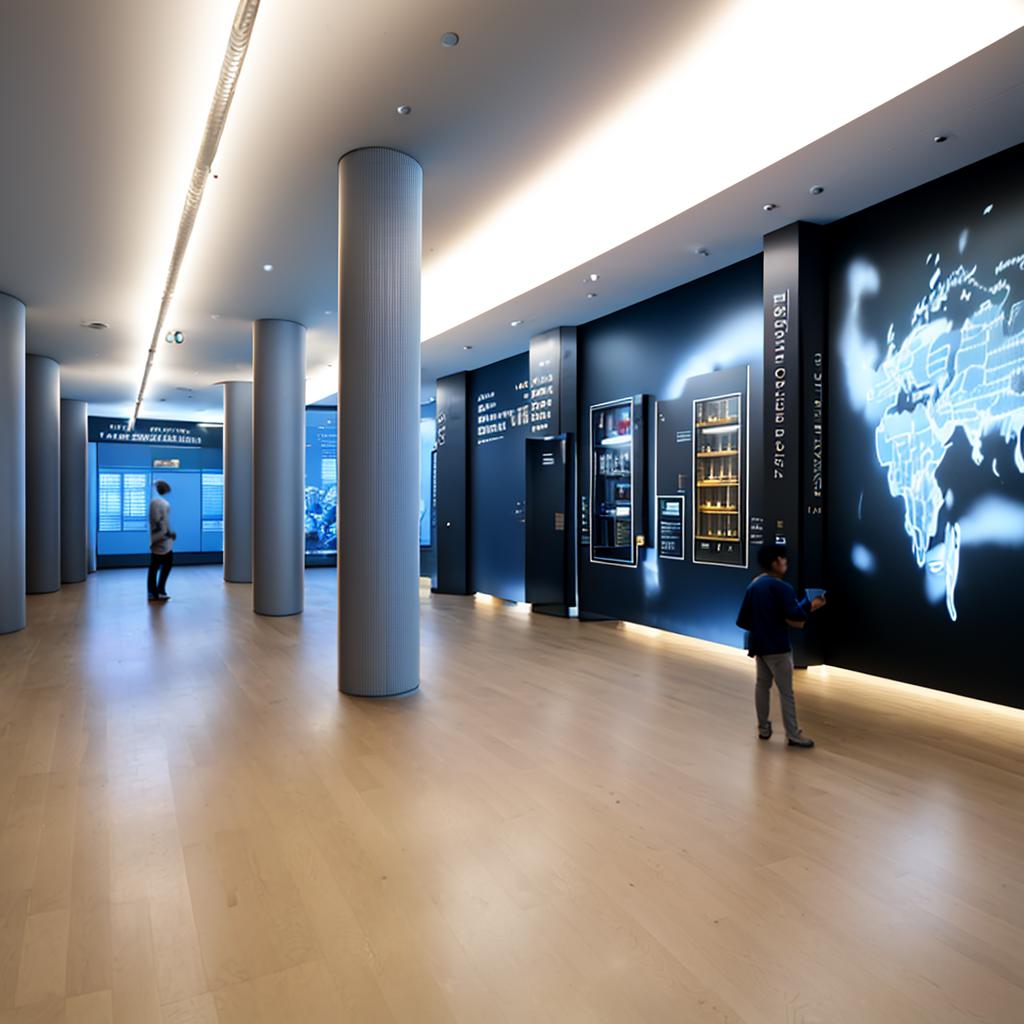Commercial LED Ceiling Light Fixtures: A Guide for Businesses
Introduction to Commercial LED Ceiling Light Fixtures
Commercial LED ceiling light fixtures are a staple in modern business environments, offering a blend of efficiency, longevity, and high-quality illumination. These fixtures are designed to meet the diverse needs of commercial spaces, including offices, retail stores, and hospitality venues, providing optimal lighting that enhances both functionality and aesthetics.

Advantages of LED Lighting in Commercial Settings
Adopting LED technology for ceiling lighting in commercial environments brings numerous benefits:
Energy Efficiency: LEDs consume significantly less energy than traditional lighting, leading to lower utility costs and a greener footprint.
Longevity: LED lights have a longer lifespan, reducing the need for frequent replacements and maintenance.
Improved Lighting Quality: LEDs provide superior light quality, enhancing the visibility and ambiance of commercial spaces.
Versatility: Available in a variety of designs and specifications, LED ceiling light fixtures can suit any commercial interior.
Choosing the Right LED Ceiling Light Fixtures
When selecting LED ceiling light fixtures for commercial use, consider the following to ensure you make the best choice for your space:
Lighting Needs: Assess the specific lighting requirements of your space, including brightness, color temperature, and beam angle.
Space Dimensions: Consider the size and height of your commercial space to determine the number and placement of fixtures needed.
Energy Standards: Look for fixtures that comply with energy standards and offer additional features like dimming or motion sensors for increased efficiency.
Aesthetic: Choose fixtures that complement the interior design and contribute to the desired look and feel of your commercial space.
Implementing LED Ceiling Lights for Maximum Impact
Properly implementing LED ceiling light fixtures can dramatically transform a commercial space. Consider working with lighting professionals to plan and execute a lighting strategy that takes into account the layout, natural light, and specific use-cases of your space. Integrating smart lighting systems can also add a layer of control and customization, allowing for adjustments in brightness and color temperature to suit different times of the day or specific events.

